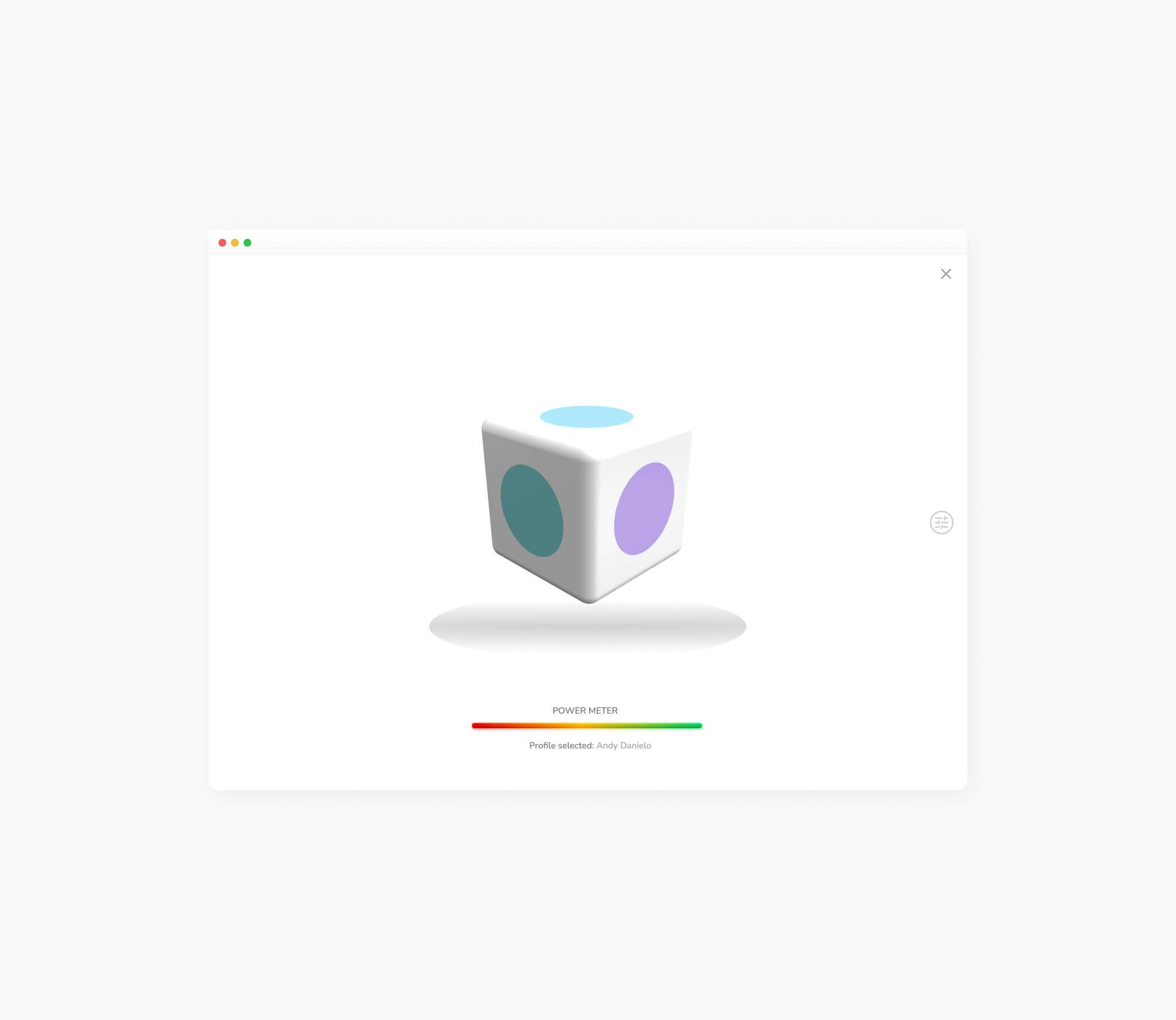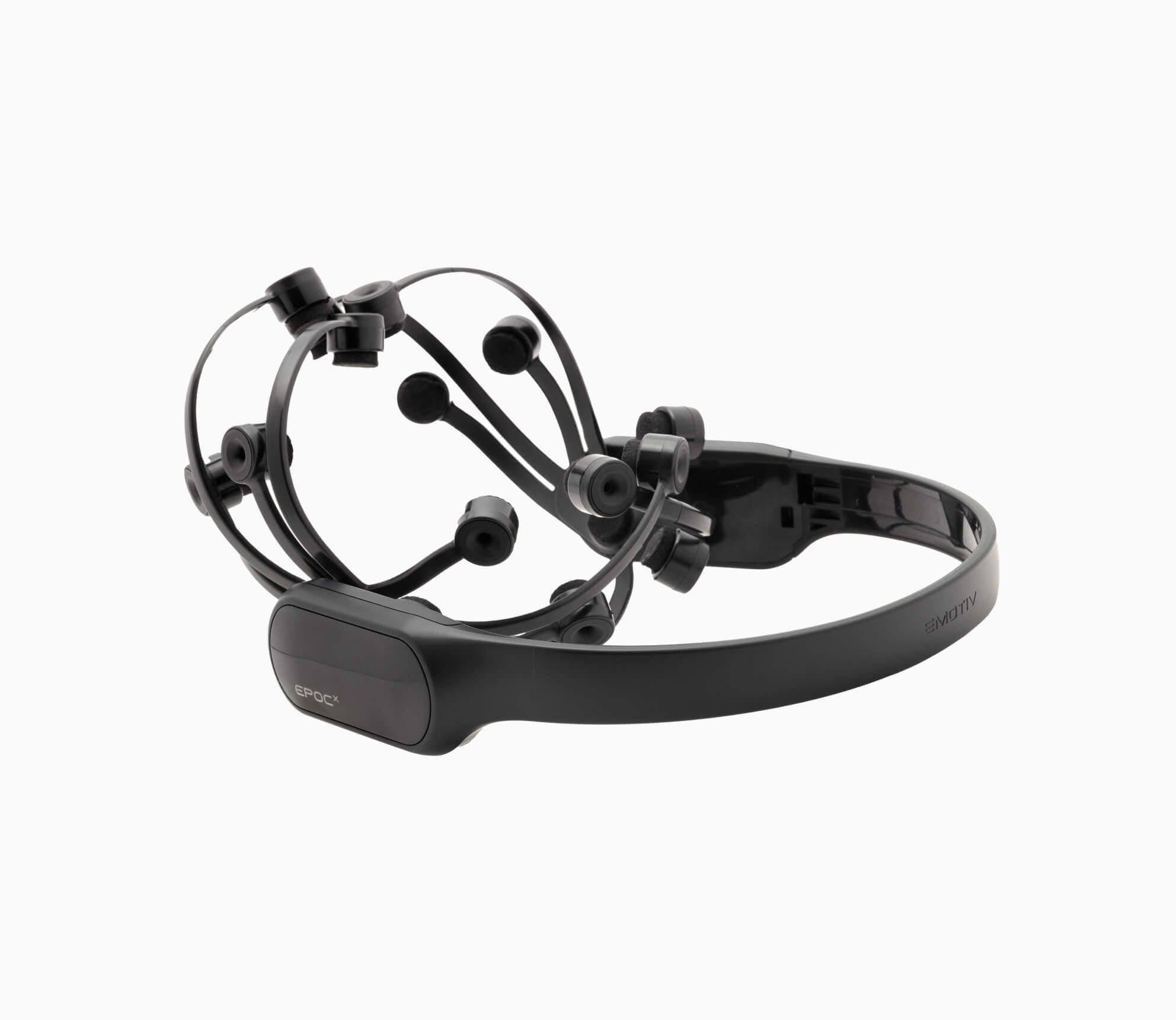Neuroinformatics Definition
Neuroinformatics is an interdisciplinary research field focused on data structure and software tools to identify, analyze, model, organize and share neuroscience data. Neuroinformatics applies neuromorphic engineering, computational neuroscience and ontologies to neuroscience databases to integrate, visualize and quantify neuroscience research.

Neuroinformatics FAQ’s
What is Neuroinformatics?
Research in neuroinformatics extends to theory and methodology, including discussions on computational modeling approaches, database design, analytical tools, meta-analysis, and data sharing. Experimental data is vast in the heterogeneous field of neuroscience, and the integration and analysis of these increasingly large-volume, high-dimensional data sets necessitates neuroinformatics to further our understanding of the nervous system.
Neuroinformatics is at the crossroads of neuroscience and information science. Neuroscience research contains many different sub-disciplines that analyze data from multiple levels of the brain, and information science is concerned with the collection, classification, and dissemination of information, among other things. To solve increasingly complex problems, clinicians and research scientists use computational tools, mathematical models, and neuroinformatic databases provided by neuroinformaticians to collaborate, share information, and quantitatively confirm working theories.
What are some Fields Related to Neuroinformatics?
Neuroinformatics is primarily concerned with the development of tools and databases for the management, analysis, modeling and sharing of neuroscience data. However, there are many scientific applications that benefit from this organizational and quantitative approach, also bringing valuable insights to neuroscience. Notably:
- Computer Science – Computational models of neuronal systems
- Experimental Psychology – Cognitive data, emotion and language
- Medicine – Aging and mental diseases like depression and anxiety
- Engineering – Brain-Computer Interface technology
- Chemistry – Atomic structure of the nervous system
- Mathematics – Quantifying neuronal differentiation and other neural models
- Physical Sciences – Physical processes within neural cells and neuronal networks
- Biology – Chemical processes and molecular structure
What is the Connection Between Computational Neuroscience and Neuroinformatics?
Computational neuroscience is the study of the development, structure, physiology, information processing and cognitive abilities of the nervous system. Computational neuroscientists employ neuromorphic engineering and other tactics to understand how the brain processes information, and informatics helps accelerate this neuroscientific discovery.
Neuroinformatics tools like image analysis, computer simulation and database integration help facilitate neural modeling and collaboration in the field of computational neuroscience. The nature of this sub-discipline of neuroscience is primarily quantitative, so neuroinformatics is beneficial in the organization and analysis of data derived from computational research. Computational neuroscience differs in more qualitative experiments such as finding the optimal design of nervous systems or exploring various neural connectivity schemes in model networks.
What is Neuroinformatics Software?
Neuroinformatics software is primarily concerned with applying computer science to build databases, tools and networks for neuroscience research. Some neuroinformatics software applications are involved with structuring data to create consistent terminology and formats for the sharing of data; BrainML for example is a system that provides a standardized XML metaformat.
Neuroinformatics integration software is also common. For example the Biomedical Informatics Research Network (BIRN) is a grid system for neuroscience where shared resources, services, interfaces and databases can be virtually distributed into a single environment. BIRN was formed to advance the diagnosis and treatment of disease.
The Neocortical Microcircuit Database (NMDB) is a large collection of brain data from the cellular level to complex structures. This database software acts similarly to open source software, as researchers can add to and edit the database.
The other main purpose of neuroinformatics software is the analysis and modeling of neuronal systems. For example the Budapest Reference Connectome is an online 3D brain model that can be used to visualize connections in the human brain. It was aggregated from the magnetic resonance imaging (MRI) of 477 people as part of the Human Connectome Project.
Where Will Neuroinformatics Lead Us?
The evolution of neuroinformatics has fueled confidence in the neuroscience industry to invest in brain research projects with increasing budgets. Advanced neuroinformatics tools invented in the past five to ten years have led to a more accurate understanding of the structure and function of the brain, and the future of neuroinformatics will continue to have an important influence on neuroscience research.
The era of neuroscience big data is upon us, and the massive amounts of multi-modal neuroimaging data and dynamic methodologies aggregating across institutions requires innovative integrations that will put pressure on neuroinformatics to expand. Beyond integrations, future use cases will likely expand on data archiving, data processing and data mining, among other applications.
Does EMOTIV Offer Products for Neuroinformatics?
EMOTIV offers innovative neuroinformatics tools for neuroscientists and clinicians to accelerate their research. For example the EMOTIV BrainViz is a real time 3D brain visualization software for neuroscience education and exhibitions. Real time display of brain dynamics is perfect for demonstrations, presentations and educational uses.
EMOTIV also offers the award-winning EMOTIV PRO integrated software solution for neuroscience research and education. EMOTIV PRO is a neuroinformatics software tool for EEG data acquisition, event marking, analysis and data storage for professional brain research and education using any of our advanced EEG headsets.




